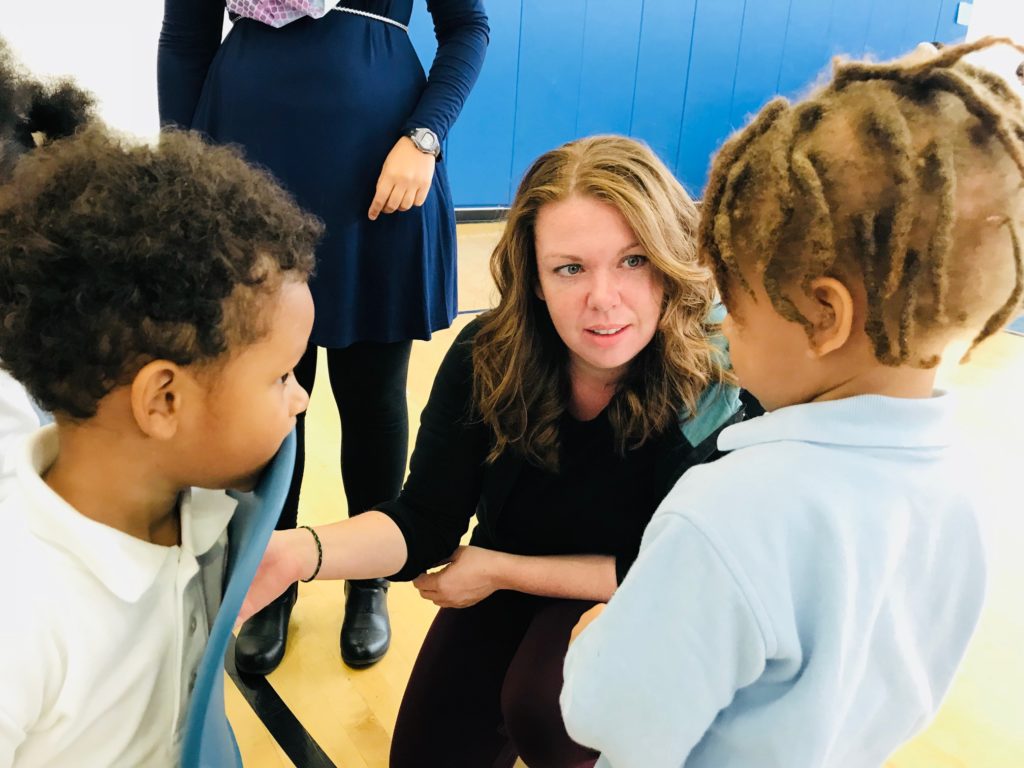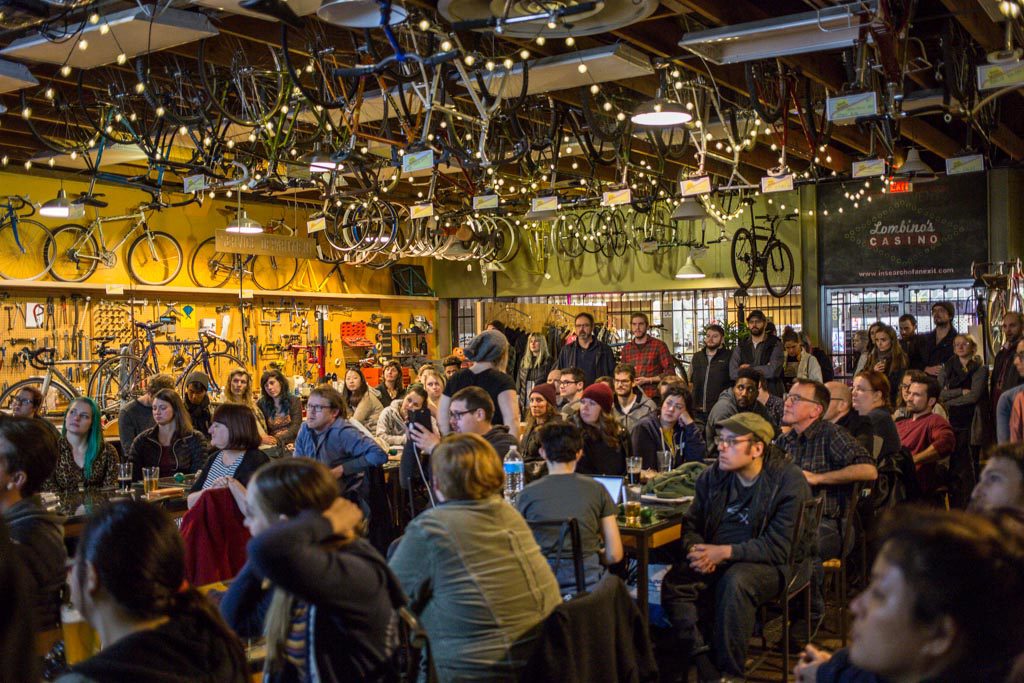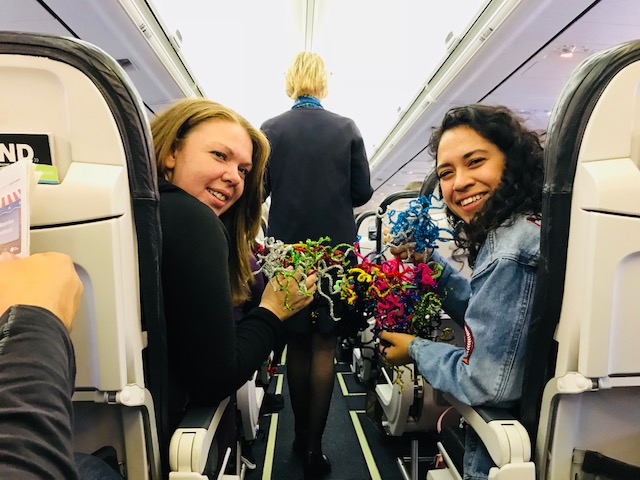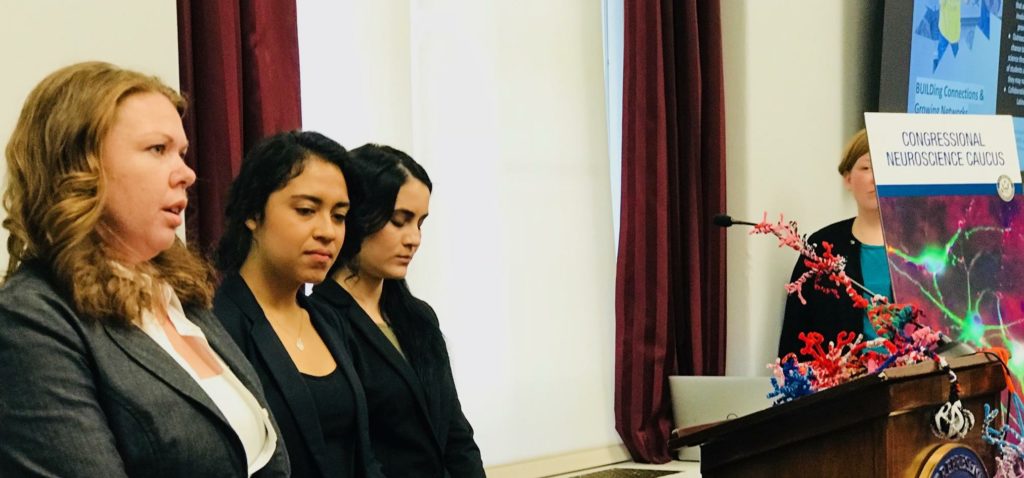Post written by Heather Hamilton, NIH BUILD EXITO scholar at Portland State University

Through NIH BUILD EXITO at PSU, I was lucky enough to be introduced to NW Noggin. BUILD EXITO is a scholarship that diversifies STEM fields by pairing underrepresented undergraduates with mentors in their fields of interest. I bring diversity to the science community because I am woman with a traumatic brain injury (TBI) going into Neuropsychology. TBI is the number one cause of death and disability for children and young adults in the United States. After deciding on researching and treating the brain after trauma with the aid of art and music, I was hit by a car while in a crosswalk in Portland, Oregon. My injury was severe enough that I lost part of my frontal and temporal lobes and now live with numerous physical and cognitive deficits.

LEARN MORE: Traumatic Brain Injury (NIH)
LEARN MORE: Traumatic Brain Injury: Hope Through Research
LEARN MORE: Music-based cognitive remediation therapy for patients with TBI
LEARN MORE: Art Therapy: An Underutilized, yet Effective Tool
It was because of my interest in how art, primarily music, can influence the physiology of the brain in a positive way after trauma that I was paired with Dr. Bill Griesar as my career mentor. He introduced me to NW Noggin, which has shown me how important using art and music in educational outreach can be. Neuroscience is a complex subject that not everyone has the opportunity to study and learn, and art has proved to be one of the best routes for sharing its complexities in such a way that it can easily be understood – from 5 year olds to members of the general public at bike pubs in Portland!

LEARN MORE: Noggin @ Velo Cult
I am extremely thankful that NW Noggin offered me an amazing opportunity to go to Washington DC this year and not only present at the annual Society for Neuroscience (SfN) conference, and speak directly with members of Congress, but also participate in local DC school outreach events.

LEARN MORE: From classrooms to Congress!
LEARN MORE: Serving 700 students at SfN!
The entire trip was more than I could have prepared for. From meeting the BRAIN (Biological Research and Investigations in Neuroscience) club at the private Sidwell Friends School and hearing about their amazing science experiences and resources, to working with enthusiastic younger children at Turner Elementary with less access to opportunities in science and art – to me it was a shock to see this juxtaposition in our nation’s capital, with schools not allocated resources consistently throughout the district. I know that this is also true in Portland and Vancouver, and in other academic priority schools we visit regularly in the Pacific Northwest.


For this reason alone it was an honor to go with my fellow NW Noggin participants and bring art and neuroscience to these young students, with real human brains and volunteers excited to teach. It was so much fun to use art as the translator, making science easily accessible to children. By bringing actual human brains to these outreach events, we can open up a new world for young students, some of whom might not have significant resources available to them. And again, art is such a clearly powerful way to incorporate complex subjects into lessons. The pipe cleaner neurons are a brilliant activity to cement the basic, yet complex, anatomy of our brain cells.

LEARN MORE: How to Make a Pipe Cleaner Neuron
On top of having the ability to do outreach, I was extremely motivated by meeting with members of Congress and their staff. This past year I’ve been worried in regard to science and art education for our country. The chance to meet with and speak to the people who decide the fate of such things was very inspirational. It is easy to feel helpless when it comes to threatened cuts to K-12 and college students’ education. I am so grateful to have been able to speak to members, and their staffers, about these concerns and to learn that many are actively fighting for art and science in DC…

In Congressman Earl Blumenauer’s office (Democratic co-Chair of Neuroscience caucus)

In Congresswoman Cathy McMorris-Rogers office (GOP co-Chair of Neuroscience caucus)

Presenting to the Neuroscience and STEAM caucuses in the U.S. House

The Society for Neuroscience conference itself was humbling, yet motivational at the same time. There were about 30,000 neuroscientists in attendance in DC, from all over the world. To be surrounded with so many professionals interested in the same topic was incredible. Neuroscience is not the most popular love amongst even science majors at school. To be able to walk up to any booth, table, or person and have a conversation regarding the brain in immense detail was so much fun!

Then there was the tour of the National Institutes of Health. On our final day at SfN, we had the eye-opening chance to spend an educational morning with Chris Thomas and Jeff Diamond of the National Institute of Neurological Disorders and Stroke (NINDS), who introduced us to the Cajal exhibit, along with more art created in collaboration with neuroscience researchers in the John Porter Neurosciences Building.

LEARN MORE: Cajal + Creativity @ the NIH
I am extremely thankful for having had just this opportunity alone! As a NIH Build Exito scholar, being able to tour and meet professionals from the institution that has provided me with guidance, mentorship and support was priceless. From exploring our nation’s capital to presenting in Congress to answering questions and making art with more than 700 K-12 students – and tens of thousands of neuroscientists – NW Noggin has given me a trip that will last a lifetime.



